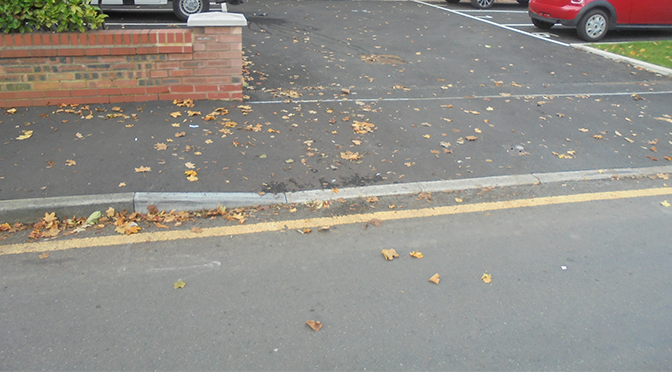The Highways team have been working with the Digital by Design team to design a new user-friendly application process for residents requesting a dropped kerb outside their property.
We already had an online application process, but under the old system many residents would apply for a dropped kerb, without realising they would not be eligible. The information on the old webpage was not specific enough, so people were contacting the council in the hope, rather than expectation, that they would be eligible.
This resulted in resident dissatisfaction and wasted time and cost for both residents and the council.
What we’ve done
We’ve made it easier for residents to determine whether they are eligible for a dropped kerb by introducing a step-by-step guide on our webpages.
Step 1 takes residents through the criteria that they should first check to see if they are eligible to apply. This includes minimum lengths and widths of the proposed drive and whether they need planning permission.
If they meet the requirements of Step 1, they can proceed to Step 2 and request an assessment by officers.
The web pages have also been completely rewritten to improve usability and ensure they are ‘fit for purpose’. We needed to ensure that the web content was written in language that residents would clearly understand rather than using jargon and service-only terms. For example we replaced:
statutory undertakers plant with cables under the road
street furniture with benches, lampposts etc.
carriageway and footway with road and pavement
Benefits for residents
The application process is now much clearer for our residents.
By giving them the information, it is the responsibility of the resident to ensure they will be eligible for a dropped kerb, saving the resident time, and the non-refundable application cost of £170.
Benefits for the council
Since the new process was introduced there have been many benefits for the council.
Foremost, we are no longer receiving as many applications that don’t meet the criteria. This has already saved staff a substantial amount of time spent on avoidable site visits and by reducing writing unnecessary refusal letters.
On average, before the new system was introduced, the council was receiving 50 applications a month. Following the changes, this has reduced to around 26 applications a month. A site visit used to take 45 mins, while a letter was approximately 15 minutes. This reduction in applications equates to a saving of eight weeks officer time per year.
The appeals and complaints have also dramatically reduced. For example, the Head of Service was receiving about 25 appeals per year; this is now down to 1 or 2. This is saving 2 weeks of managers’ time to investigate each case and reply.
User research is key
We worked closely with the Web Content and User Experience teams to develop and test the new web pages and the new content really demonstrates the importance of the research undertaken with our residents. This project has resulted in great outcomes for both Stockport Council and Stockport residents and is a good example of how we are improving the services we offer, by focussing on the journeys our users take.
Eraina Smith is Traffic Management Team Leader at Stockport Council.
For regular updates from the #DigitalStockport blog sign up for email alerts.

